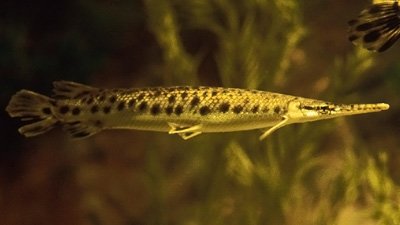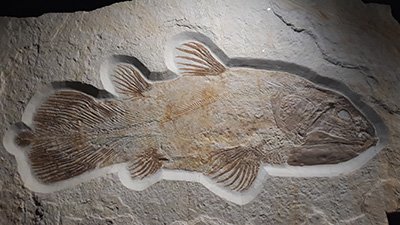Great Sea Depths Hiding Ancient Creature
Great sea depths have been hiding an ancient creature. Is it Leviathan?
News Source
- BBC News: “Ancient Seaweed Is Living Fossil”
No, it’s not Leviathan, but rather seaweed—two types of seaweed, to be specific, that scientists have found growing more than 650 ft (200m) underwater. That’s “certainly deep for a photosynthetic organism,” emphasizes California State University–Fresno biologist Frederick Zechman, one of the researchers involved in the research.
The team hoped to place the mysterious algae within the tree of evolution.
Although the seaweed had already been identified, its genetic makeup was unknown until Zechman’s team collected samples from both the Atlantic and Pacific Oceans for testing. The team hoped to place the mysterious algae within the tree of evolution—but it was in for a surprise.
DNA analysis turned up two unexpected results. First, it appears the algae is not closely related to any of its expected evolutionary kin, but is instead biologically distinct. Second, the genes are so unique that the scientists consider the algae to be extremely ancient—perhaps a billion years old or more. “These green algae are among the earliest . . . if not the earliest diverging lineage of green plants,” Zechman explains.
The team has therefore dubbed the algae a “living fossil” even though it is not known from the fossil record. The alternative, creationist explanation is that the tree of evolution is a flawed model of biological origins, because not all organisms are genetically related—life is more like an “orchard” than a tree. Distinct forms of life most likely represent unique creations of God during Creation Week, not “primitive” or “ancient” life-forms. Furthermore, if the evolutionists were right that the algae are living fossils, it would merely be another case of an organism having changed little in hundreds of millions of years.
For More Information: Get Answers
Remember, if you see a news story that might merit some attention, let us know about it! (Note: if the story originates from the Associated Press, FOX News, MSNBC, the New York Times, or another major national media outlet, we will most likely have already heard about it.) And thanks to all of our readers who have submitted great news tips to us. If you didn’t catch all the latest News to Know, why not take a look to see what you’ve missed?
(Please note that links will take you directly to the source. Answers in Genesis is not responsible for content on the websites to which we refer. For more information, please see our Privacy Policy.)
Recommended Resources

Answers in Genesis is an apologetics ministry, dedicated to helping Christians defend their faith and proclaim the good news of Jesus Christ.
- Customer Service 800.778.3390
- Available Monday–Friday | 9 AM–5 PM ET
- © 2025 Answers in Genesis







